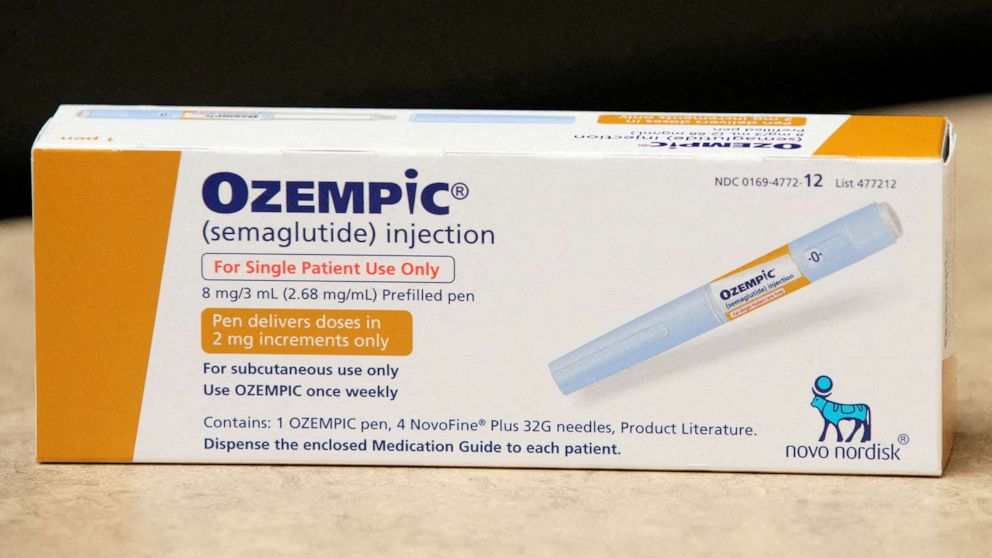Ozempic mexico, a medication primarily used for the management of type 2 diabetes, has garnered significant attention for its efficacy not only in glycemic control but also in promoting weight loss. This dual-action drug, which contains the active ingredient semaglutide, mimics a natural hormone in the body that helps regulate appetite and insulin levels. The growing awareness of its benefits has led to increased interest among those looking for alternatives to traditional weight loss strategies. In Mexico, where obesity and diabetes prevalence are critical public health concerns, understanding the access to and availability of Ozempic is essential for patients seeking effective treatment options.
Access to Ozempic in Mexico can be relatively straightforward, especially for those who have a prescription from a licensed healthcare provider. The medication is available at various pharmacies throughout the country, and its widespread use in diabetes management has led to an increase in its stock across retail locations. The Mexican government, in collaboration with healthcare providers, recognizes the importance of managing chronic diseases such as diabetes and obesity, which has prompted efforts to ensure that essential medications like Ozempic are accessible to those in need. For individuals living in urban areas, obtaining Ozempic may be as simple as visiting a neighborhood pharmacy, while those in rural regions might face more challenges due to limited local resources. As such, the availability can vary significantly based on geographic location.
Patients interested in Ozempic should first consult with their doctors to determine if it is the right medication for them. This consultation is particularly crucial, as a healthcare professional will assess an individual’s health history, current medications, and overall treatment goals. The prescribing process is accompanied by a discussion regarding the potential benefits and risks associated with Ozempic. As with any medication, there are side effects to consider, which include nausea, vomiting, and diarrhea, particularly when starting the treatment. Moreover, discussions about dietary changes, exercise, and other lifestyle modifications are often integral to comprehensive diabetes management. By approaching the use of Ozempic in mexico as part of an overall treatment strategy, patients can maximize their chances of success while minimizing potential adverse effects. https://fantapa.com
Due to the rising popularity and increasing demand for Ozempic, pharmaceutical companies and local health authorities are continually assessing the supply chain to ensure sufficient quantities are available in the market. However, it is important to note that, similar to other countries, Mexico has faced instances of shortages or increased costs due to market dynamics. Patients may find that prices vary widely depending on the pharmacy, and those without insurance or adequate coverage might experience financial constraints when accessing Ozempic. It can be beneficial for patients to compare prices at different pharmacies or inquire about any available patient assistance programs that the pharmaceutical company may offer.
Another key factor in accessing Ozempic in Mexico is the role of health insurance. Insurance policies vary in their coverage for medications, and patients are encouraged to contact their insurers to understand their benefits concerning Ozempic. Some insurance plans may fully cover the cost of the medication, while others might only provide partial coverage or have specific requirements that must be met before approval. Understanding one’s insurance coverage can ease the financial burden and make obtaining Ozempic more feasible for patients.
Additionally, the Mexican health care system provides various pathways for those who may not have insurance or who are seeking alternatives to pharmacy access. Public health institutions at both state and federal levels often run programs to promote diabetes management and obesity prevention. These programs may offer medications like Ozempic as part of their services, especially in areas with higher rates of obesity and diabetes. Engaging with these initiatives can provide patients with not only medication but also education and support resources vital for managing these chronic conditions.
As more patients learn about Ozempic mexico and its benefits, the potential for its use continues to grow. In addition to diabetes management, individuals seeking weight loss may view Ozempic as a promising option. Research has shown that patients using Ozempic have experienced significant weight loss alongside improved blood sugar levels, which can offer additional motivation for those facing obesity. However, it is crucial to approach weight loss strategies holistically, recognizing that Ozempic is not a magic solution. Sustainable weight loss involves a combination of medication, dietary choices, and physical activity. Collaboration between patients and healthcare providers is essential to create customized plans that address individual needs and circumstances.
In conclusion, Ozempic represents a valuable tool for managing type 2 diabetes and combating obesity, particularly in Mexico, where healthcare access is a pressing concern. The medication’s availability in pharmacies, along with the emphasis on physician consultations, ensures that patients have the opportunity to engage with Ozempic safely and effectively. Awareness of potential side effects and the importance of comprehensive treatment plans can optimize the benefits of this medication. Furthermore, understanding insurance coverage and exploring public health initiatives can help facilitate access to Ozempic for various populations across the country. As healthcare systems evolve and adapt to address the growing burden of diabetes and obesity, medications like Ozempic will continue to play an integral role in improving health outcomes for patients in Mexico. The journey toward better health is often a collaborative effort, involving not only medication but also lifestyle changes, education, and support—underscoring the importance of community and accessible healthcare in fostering lasting change.



